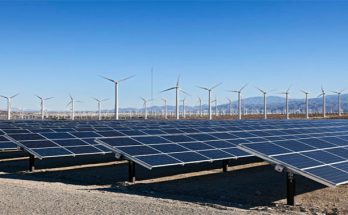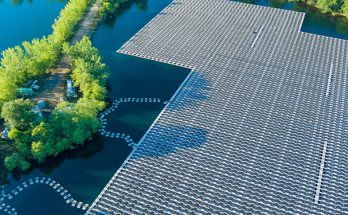 Kenya’s resolve to operating on a 100% clean energy network by 2030 was strengthened by the 184% rise in solar energy delivered to the national grid in the nine months leading up to September, reaching a four-year high.
Kenya’s resolve to operating on a 100% clean energy network by 2030 was strengthened by the 184% rise in solar energy delivered to the national grid in the nine months leading up to September, reaching a four-year high.
From 92.91 Gwh in the same period in 2021 to 263.55 Gwh in the nine months leading up to last September, Kenya Power increased its solar energy purchases by 2.8 times, according to a study of official data.
Since the commissioning of the 40 megawatt Cedate and Malindi Solar facilities, the amount of electricity sent from these solar plants to the national grid is the largest since solar energy was first used.
“This has involved commissioning new plants, primarily for renewable energy sources.”
Following a significant increase last year, solar energy’s percentage of the country’s power mix increased from 1% in 2021 to 2.7% throughout that time.
The impact of the bad rains was shown by the fact that the percentage of hydropower in the national grid in the first nine months of this year fell to 24.8% from 36.49 percent in 2020.
The largest solar energy source for the national grid is the 55 megawatt Garissa Solar Plant, followed by the 52 megawatt Malindi
Kenya Power purchased 0.29 GWh of solar energy in the first nine months of 2017, and as additional solar plants are put into service, the number has been increasing annually.
In order to reduce the cost of electricity by reducing supply from the pricey thermal plants, the state-owned power company is also counting on a larger share of solar and geothermal power.
One of the things that is held responsible for the high cost of electricity is the Fuel Cost Charge, which is used to compensate thermal power generators.
The State has been drafting legislation wherein residences and businesses will net off excess electricity at no cost to Kenya electricity due to the growing importance of solar to the national grid.
Kenya Power clients who provide the State electricity distributor with extra solar power may deduct the power from their monthly electricity bills under the Net-Metering Regulations, 2022.
The rules will specify the terms under which residences and businesses with solar power output less than one megawatt may sell their excess energy to the national grid on ten-year agreements.
Solar power systems have become more and more popular among households and large enterprises as a dependable and affordable energy source.



